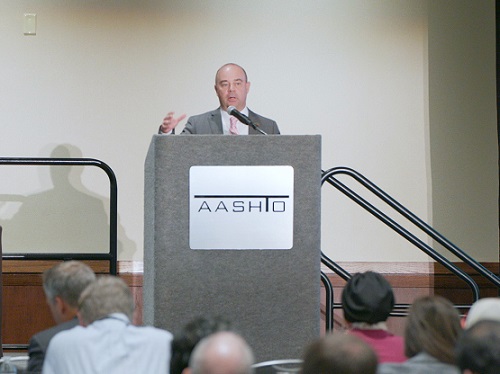Executives and managers from state departments of transportation discussed a wide array of safety strategies and tactics at the 2023 Safety Summit hosted in Kansas City, MO, by the American Association of State Highway and Transportation Officials.
[Above photo of Craig Thompson by AASHTO]
Those conversations – which occurred across several panel discussions at the meeting – involved everything from surface transportation infrastructure planning processes to improving highway work zone safety procedures.
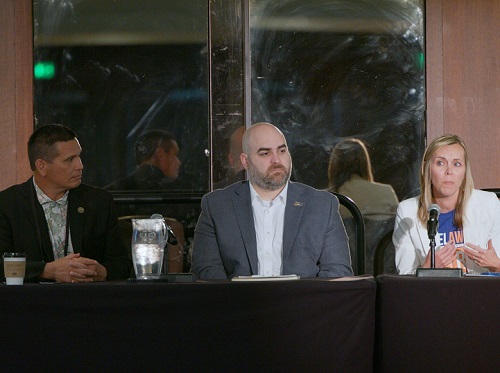
“We look at safety from an ‘everything we can do’ perspective – even things outside our department’s responsibility,” noted Nicole Majeski, secretary of the Delaware Department of Transportation. “We are committed to moving the message of safety forward. But we must also be more intentional about safety – to talk about it every day, regardless of our audience.”
Craig Thompson, secretary of the Wisconsin DOT and AASHTO vice president, noted that also means taking a hard look at what state DOT safety messages are resonating with the public.
“By sharing knowledge among state DOTs, we can drastically improve safety. But when we talk about data-driven approaches, we need to include our safety messaging in that,” he stressed. “We need to figure out what messages are landing with the public. And data will help us figure out what messages are working.”
Mike Smith, commissioner of the Indiana Department of Transportation, added that sometimes state DOTs underestimate their power as a leader on safety.
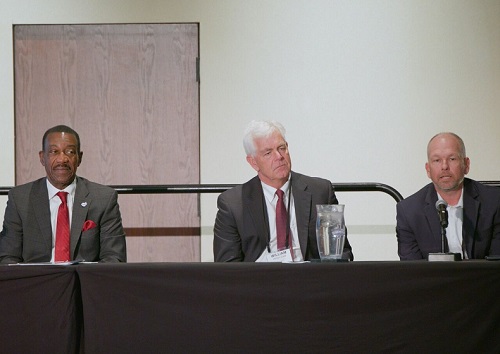
“We can help our smaller communities with safety action plans and provide resources to improve transportation safety in their areas,” he said. “At the same time, we want to be consistent in what we are saying to help drive our safety message home.”
Garrett Eucalitto, commissioner of the Connecticut Department of Transportation, added that eliciting input from state DOT workers is another key part of fine tuning not only public safety messaging but state DOT safety strategies as well.
“We need to make sure they can bring forward ideas on how to improve safety out in the field, because one of our top priorities is to keep them safe and make sure they get home to friends and family,” he said. “We need to let [our] engineers come forward with ideas of how to incorporate more safety measures within projects – especially for pedestrians and bicyclists. I’d much rather slow a project down a little bit and spend a little more money to do it right in terms of safety.”
Ed Sniffen, director of the Hawaii Department of Transportation, pointed out that this “internal safety focus” on the part of state DOTs should also include its contractors as well.
“To try and change the workplace safety culture, we have to make sure we lock everything down on the partnership side as well as for own [state DOT] workforce,” he explained. “This is an opportunity to save more lives. So now we are selecting areas within our [transportation] projects where we tactically address safety issues by setting up safety baselines and measuring from that.”
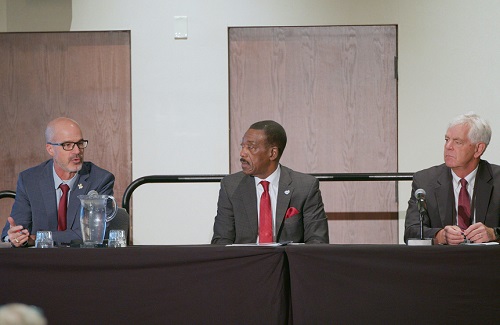
That also means including a focus on not just the physical but mental well-being of state DOT workers, too, stressed Jack Marchbanks, director of the Ohio Department of Transportation.
“We need to place renewed focus on our people in regards to their mental health,” he said. “We need to make sure our people are OK above the neck as well as below.”
William Cass, commissioner of the New Hampshire Department of Transportation, added that state DOTs must also take a more “active” stance when it comes to their safety efforts.
“The notion of complacency, of getting comfortable where you are, is why we need to do things to elevate the issue of safety within our organizations,” he pointed out. “The need to empower our people to be part of the safety culture is crucial. The challenge is how we evaluate our projects in terms of safety.”
That’s where incentives play a key role, noted Marc Williams, executive director of the Texas Department of Transportation. “It is not just about sharing best practices within the state DOT community but ‘incentivizing’ ourselves in terms of making safety improvements,” he explained. “It’s about the cultural aspect of safety – about making the safety mindset intentional. It’s about increasing seat belt use and putting phones down while driving. The challenge is to get the safety culture more widely adopted amongst our contractors and the general public.”
That’s why John Milton – director of transportation safety and systems analysis for the Washington State Department of Transportation – stressed that a “safety culture” needs to be created that can be flexible enough to address differences within individual state DOTs, other transportation agencies, and the contractor community.
“The culture must be specific enough to elicit meaningful change yet be flexible, as each state DOT is a little bit different” he said. “We also need to promote sharable safety plans as the best way to learn from successes of one another.”
Milton noted that also means promoting coordinated and consistent decision making among state DOTs, prioritizing resources to help state DOTs institutionalize safety, and help build safety frameworks into all state DOT policies, activities, and processes.
“We must make safety a part of everything we do to ensure safe mobility for all users and foster a community-wide positive traffic safety culture,” he emphasized.
 Top Stories
Top Stories
USDOT Makes $1.5B Worth of BUILD Grants Available
December 19, 2025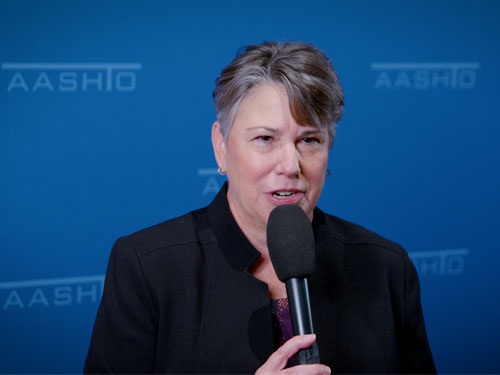 Top Stories
Top Stories
